How To Clean Your Mouthpiece
Date Posted: December 02, 2023
Stay healthy and sound better
Now more than ever, musicians young and old are realizing the importance of keeping their instruments and equipment clean. For clarinetists and saxophonists, special attention must be given to the mouthpiece. Here's a simple method to clean your mouthpiece using household items to keep you healthy and sounding your best week after week.
Items You'll Need
- Cold running water
- Mild, pH neutral soap (liquid or a bar)
- Small cup of white vinegar
- Small cup of cooking oil
- A used soft toothbrush (never use an abrasive pad in case they damage the mouthpiece)
- A clean soft microfibre cloth (do not use kitchen towels as they are too abrasive)
- Adhesive tape and cork grease for clarinet mouthpiece.
Before You Begin
- Never use hot water on an ebonite mouthpiece as this could result in discoloring the mouthpiece. For the same reason never put your ebonite mouthpiece in the dishwasher.
- For ebonite mouthpieces, it is advisable to use a mild, pH neutral soap to avoid discoloration.
- It is not recommended to dip an ebonite mouthpiece in white vinegar for more than 1 minute to avoid any discoloring.
- To remove traces of glue from the mouthpiece cushion, it is not recommended to use ethyl acetate or acetone-based dissolvent, especially on the insert of a metal mouthpiece.
- If cleaning someone else's used mouthpiece, gloves should be worn.
Step 1
Thoroughly wash your hands with soap and water and put on gloves.
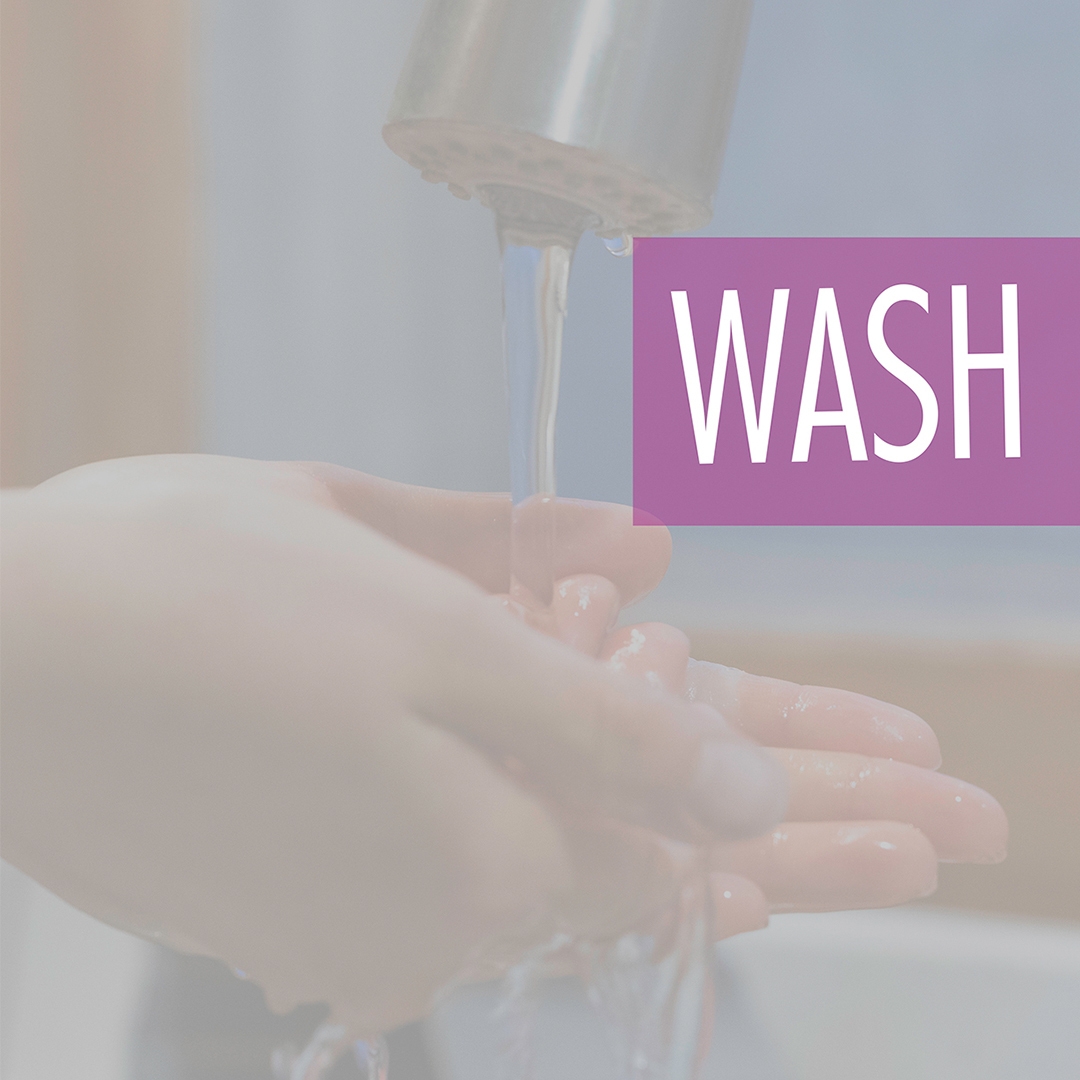
STEP 2
If necessary, remove any mouthpiece cushion using a disposable and non-abrasive tool such as an old reed or a toothpick, then throw it all away in a closed bin.For a clarinet mouthpiece, protect the cork by wrapping with adhesive tape masking tape or painter's tape.
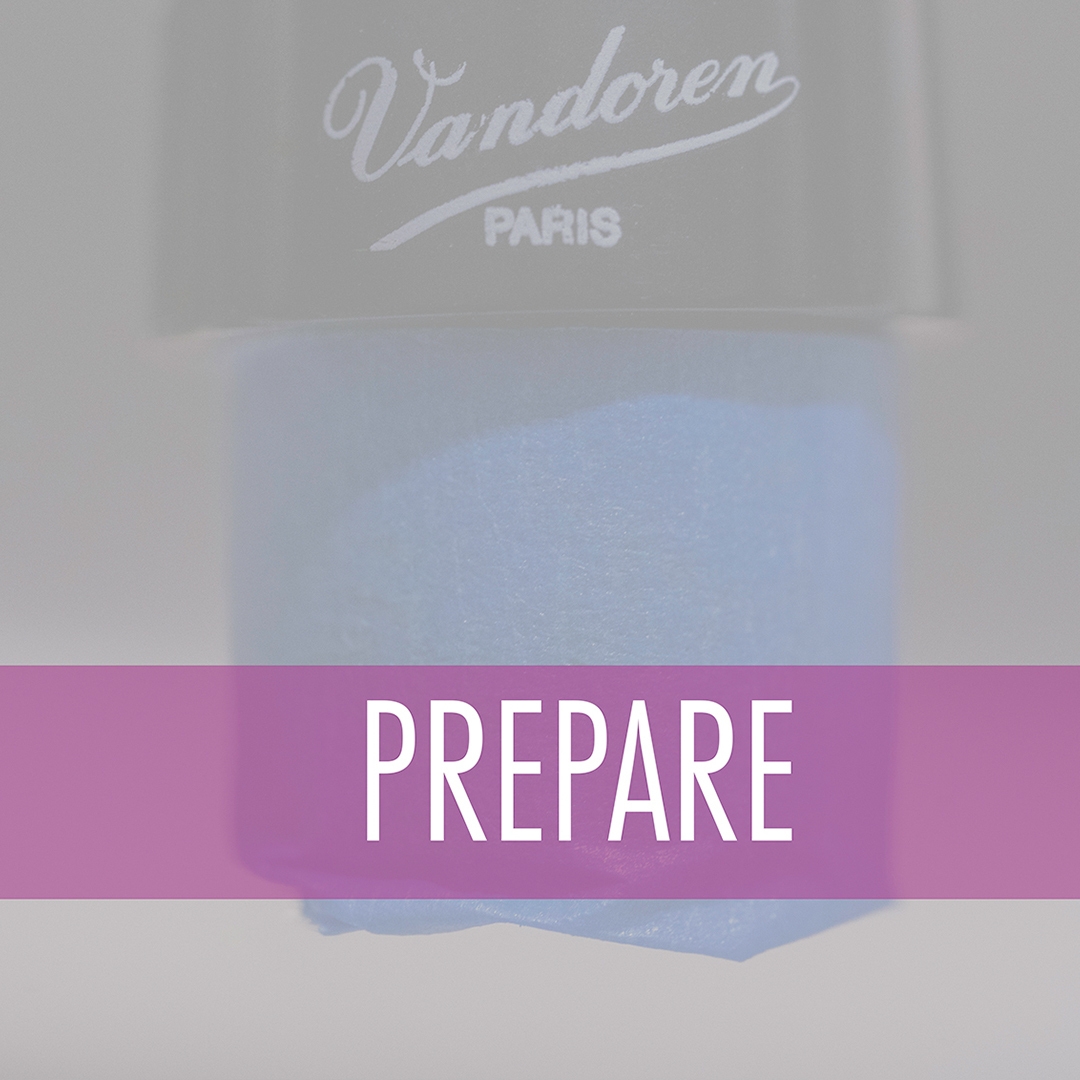
STEP 3
Wet the mouthpiece with cold water, inside and outside.
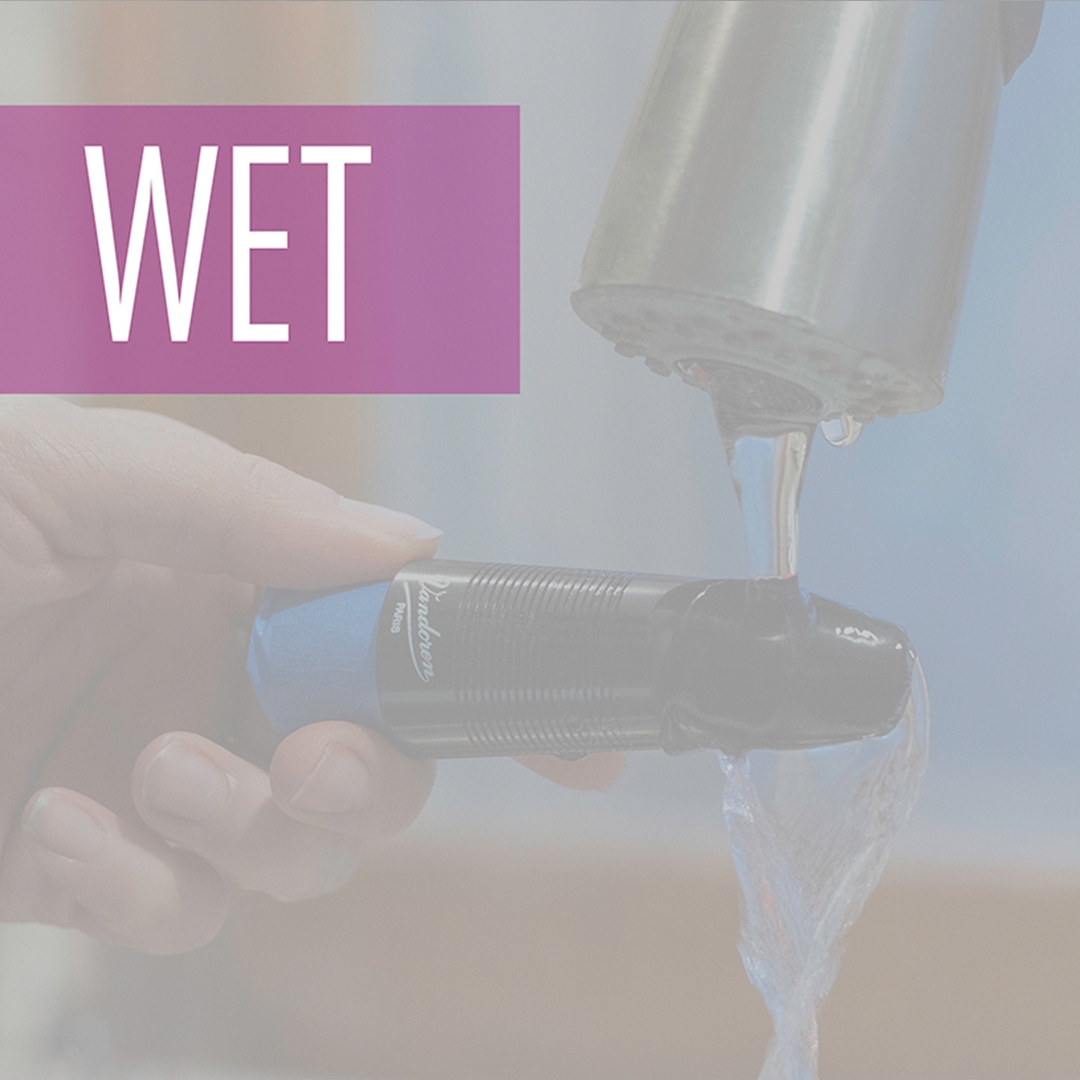
STEP 4
Gently rub soap on the inside and outside of the mouthpiece thoroughly (2-3 minutes). Be especially gentle when cleaning the interior, and tip and side rails of the mouthpiece.
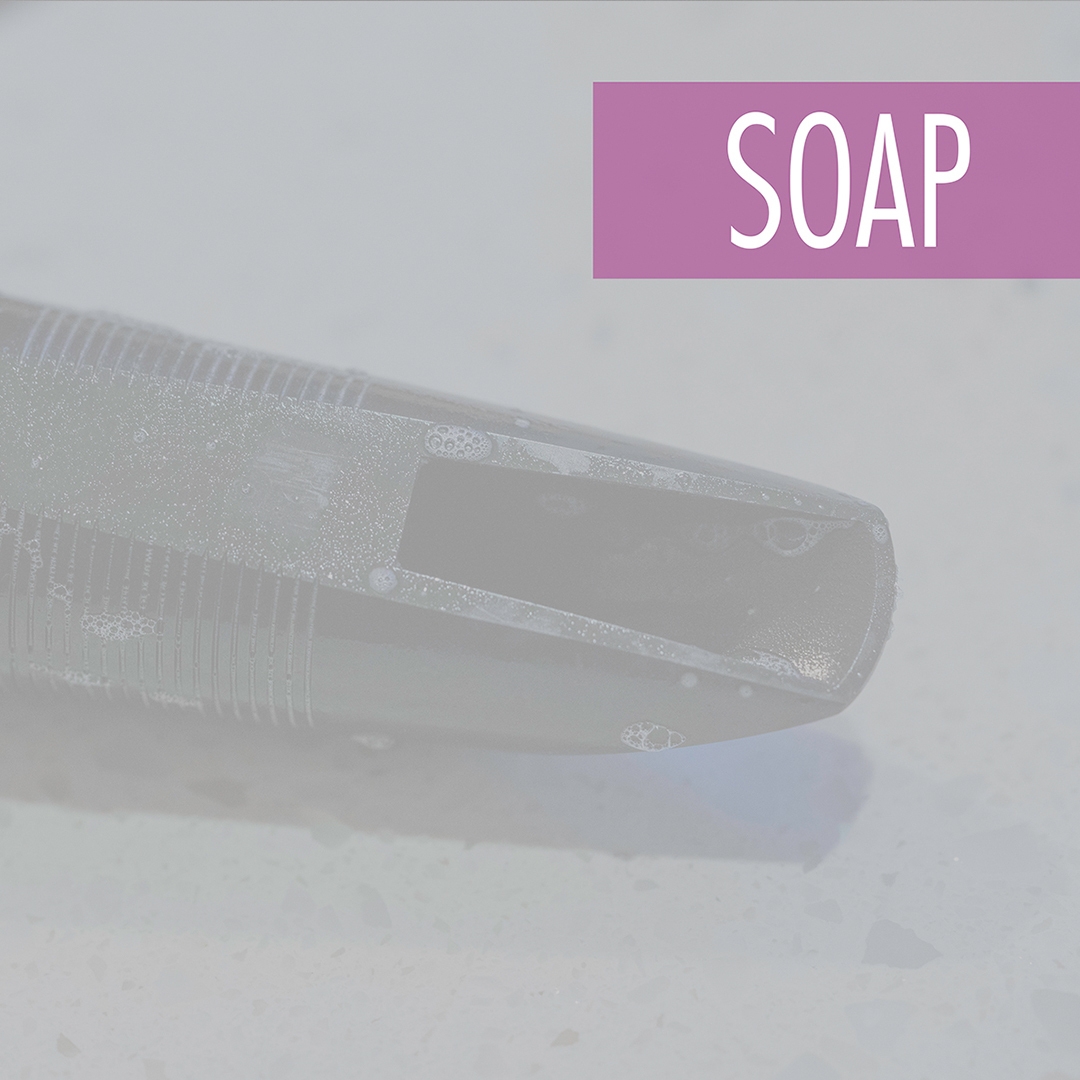
STEP 5
Rinse the mouthpiece with cold water until soap is completely gone and dry with a soft cloth.
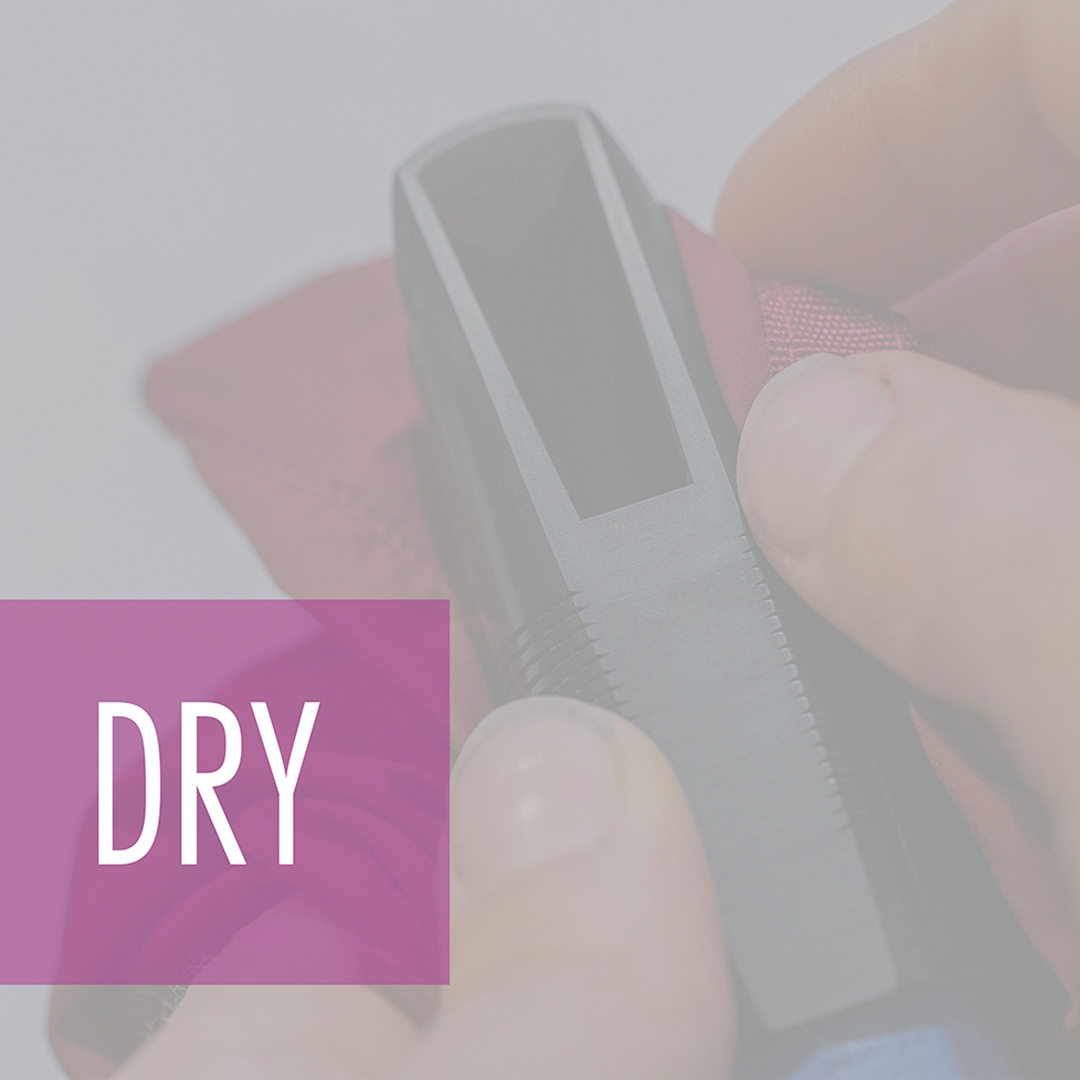
SPECIAL NOTES
Lime Deposits Visible
If there are any lime deposits (may appear as stubborn white residue or discoloration), dip the toothbrush in a cup of white vinegar and gently rub the affected areas. Repeat several times if necessary. Be sure to rinse thoroughly.
Glue from Mouthpiece Cushion
If there are any traces of glue (on the beak), dip the toothbrush in a little cooking oil and gently rub the affected parts. Be sure to rinse thoroughly.